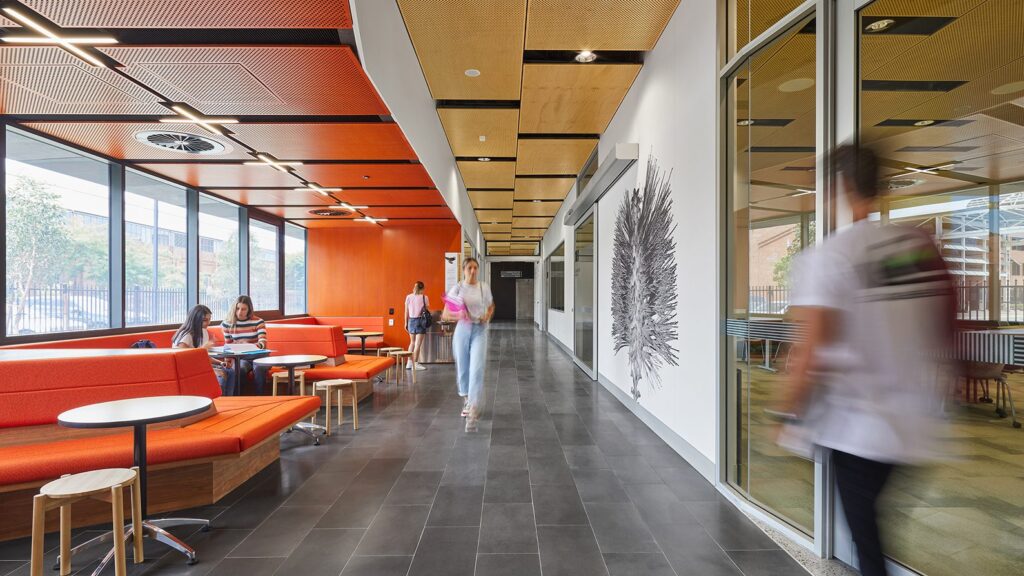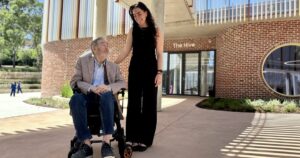
A groundbreaking new eye gel therapy aimed at preventing blindness in children suffering from inherited retinal diseases is being developed by a researcher at Curtin University. Dr. Susbin Wagle from the Curtin Medical School has secured $429,000 in funding for this innovative project, following his success in the prestigious 2025 Early-Career Child Health Researcher Fellowship. This fellowship is a collaborative effort supported by the Future Health Research and Innovation Fund of WA, the Stan Perron Charitable Foundation, and the BrightSpark Foundation.
Inherited retinal diseases, which are genetic eye conditions, often lead to blindness in children and affect over 2 million people globally. These diseases arise from gene mutations, but the progression of vision loss is further accelerated by “oxidative stress,” a harmful accumulation of molecules that damage eye cells. While gene therapies are currently under development, they are costly, invasive, and not universally effective.
Challenges in Current Treatments
Currently, more than 270 genes are known to cause inherited retinal diseases, yet only one approved gene therapy exists, leaving many children without viable treatment options. The announcement of this eye gel therapy comes at a crucial time, as researchers seek less invasive and more accessible solutions.
Working alongside research supervisor Dr. Hani Al-Salami, Dr. Wagle’s project focuses on creating an innovative eye gel designed to protect the retina safely and painlessly. This gel utilizes a novel antioxidant drug called HA1, developed at Curtin University. According to Dr. Wagle,
“HA1 has been redesigned from a human-based bile acid to be better absorbed by the body, reach deeper into eye tissues, and better protect cells from oxidative stress.”
Potential Impact and Future Steps
Initial results indicate that HA1 can safeguard retinal cells and maintain their energy systems. The funding will enable further refinement of the eye gel formula, testing for safety and efficacy, and gathering necessary data to advance towards clinical trials. Dr. Wagle expressed optimism about the potential of this treatment, stating,
“This funding will allow us to take the next steps to perfect the eye gel formula, test its safety and efficacy, and gather the evidence needed to move toward clinical trials.”
Curtin Deputy Vice Chancellor Research Professor Melinda Fitzgerald highlighted the global significance of this research. She noted,
“Developing a treatment to help slow or prevent blindness in children would have a positive impact on a global scale. This research is an excellent example of how Curtin scientists are translating world-class discovery into practical solutions and reflects our commitment to improving health outcomes through innovation, collaboration, and impact-driven research.”
Broader Implications and Historical Context
This development follows a long history of scientific efforts to combat genetic blindness. Historically, treatments for inherited retinal diseases have been limited, primarily due to the complexity of genetic factors involved. The introduction of gene therapy marked a significant milestone, yet its limitations underscore the need for alternative approaches like the one Dr. Wagle is pursuing.
Experts in the field of ophthalmology emphasize the importance of such innovations. Dr. Emily Chen, a renowned ophthalmologist, commented on the significance of non-invasive treatments, stating,
“The development of non-invasive treatments like this eye gel is crucial. It offers hope to families and children who have few options available.”
As the research progresses, the potential for this eye gel to transform treatment for inherited retinal diseases is significant. If successful, it could pave the way for similar approaches in other genetic conditions, ultimately improving quality of life for millions worldwide.
The next steps involve rigorous testing and validation, with the ultimate goal of bringing this therapy to clinical trials. The move represents a promising advancement in the fight against childhood blindness, offering a beacon of hope for affected families globally.







